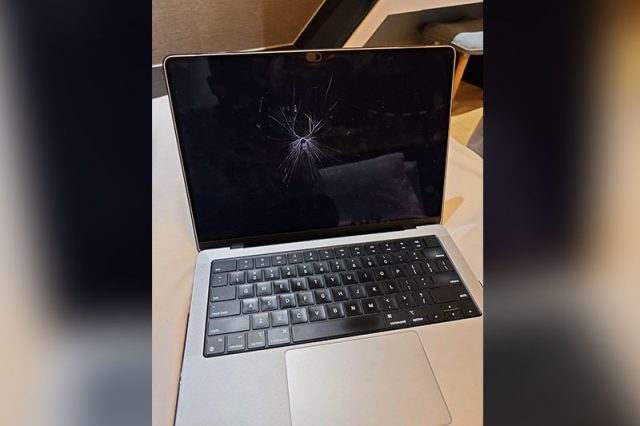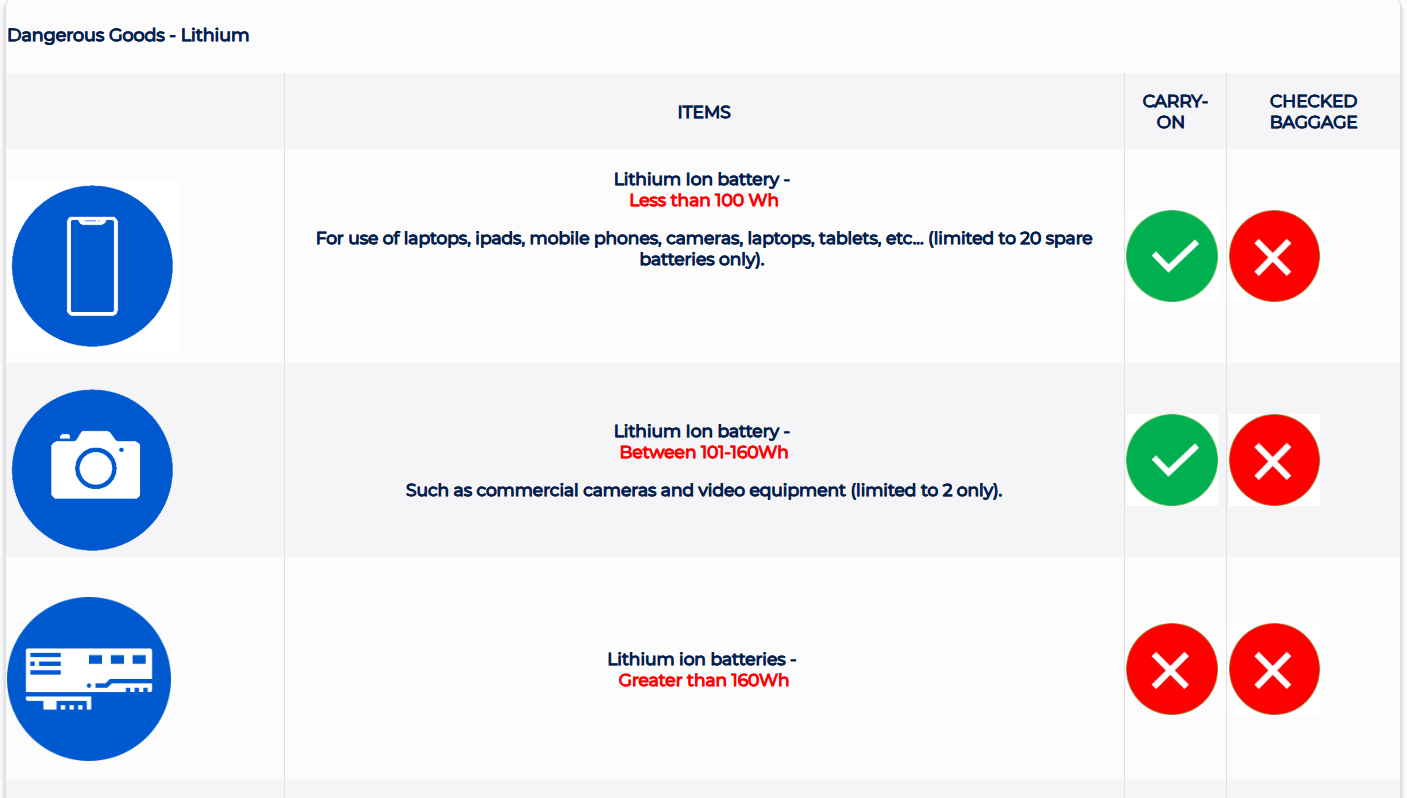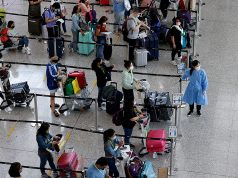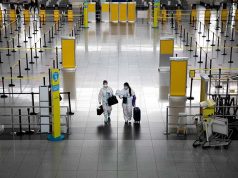
A reminder about which items should be hand-carried and checked in during air travel was shared online after a content creator posted his experience with his laptop while traveling with the flag carrier.
TikTok Shop creator James Afante on Tuesday, February 25, posted a picture of a Macbook with a broken screen with the caption:
“Thank you so much, Philippine Airlines! I already told there’s a fragile thing inside my luggage but yet, still, boogsh!”
The post was accompanied by a loudly crying emoji.
Afante provided more context in the comments section of his post, which has earned 38,000 likes and reactions, 6,700 comments, and 9,500 shares so far.
“To all who are asking. It’s checked in and I declared it. They placed a fragile sticker already in it, but still — this happened. Sometimes, customer should have the rights for this because we pay in full, but we don’t have full control of everything, [especially] when this kind of things happen,” he wrote.
The content creator also responded to Pinoys advising him to carry his laptop with him instead of checking it in.
“Sa mga naghe-hate. Telling me na i-hand carry dapat. I know. Yes, hand carry is the best choice, but my hand carry was already full of cameras and other heavier fragile equipments,” Afante explained.
“Plus, [I] have 2 [two] laptops with me and an iPad. Which is not allowed to be carried anymore thru hand carry because of weight. That’s why I declared it [at] check-in and asked for a fragile sticker. Nonetheless, it’s the [privilege] of us (customers) that the airline should take care of our belongings because we paid premium for it. ‘Yun lang! Good morning!” he added.
The Philippine Airlines acknowledged the content creator’s post and told him to check his inbox for further communication.
Afante shared some screenshots of his conversation with the flag carrier, which said that it “deeply” regrets “falling short” of his expectations.
“We understand the frustration and distress this must have caused you, and for that, we are truly sorry,” the flag carrier said in one of its messages.
Art Samaniego Jr., Manila Bulletin’s information and communications technology head, also said that it is “always wise” to place such items in “carry-on baggage instead.”
“Whether or not one agrees with his decision, his experience serves as a reminder that checked luggage is never the safest place for electronics, no matter how well-packed or labeled,” he wrote on Wednesday, February 26.
“While airlines allow laptops to be checked in, it is highly recommended that you keep them in your carry-on baggage instead. Checked bags are subject to rough handling, increasing the risk of damage, loss, or even theft,” Samaniego added.
“Additionally, lithium-ion batteries — found in most laptops — are better kept in carry-on luggage due to safety concerns, as overheating in a closed cargo hold can pose a fire hazard,” he continued.
A news publication likewise shared an infographic on what the authorities recommend about laptops during air travel.
It cited the Civil Aeronautics Board, which regulates the economic aspect of air transportation in the country.
The CAB said that while airlines have varying policies on carry-on and check-in items, it recommends hand-carrying important items like portable electronic devices, such as laptops.
It added that while travelers can check in their laptops, some airlines advise packing them with cushioning or protective materials, securing internal components, detaching removable batteries, using original packaging, and turning them off.
Some airlines strictly limit laptops to being hand-carried only.
For Philippine Airlines, laptops can be hand-carried, as long as they do not exceed the maximum dimensions of 18 inches by 14 inches by 8 inches (18 in x 14 in x 8 in).
Further details can be found on the flag carrier’s “Restricted Items” list for passengers, which classifies lithium as part of its “dangerous goods.”
Devices with lithium-ion batteries under 100 Wh (watt-hour), such as “laptops, iPads, mobile phones, cameras, laptops, tablets” must be brought in a “carry-on” baggage.

A screenshot of restricted items for passengers of Philippine Airlines as taken from their website (Screenshot from Philippine Airlines)
“Philippine Airlines prohibits the carriage of Dangerous goods items or substances that may endanger the aircraft or guests onboard,” the flag carrier said.
“Please ensure that the requirements of items specified in the list are followed. Depending on the laws and regulations of the relevant country, violation may be subject to legal penalties or fines,” it added.









